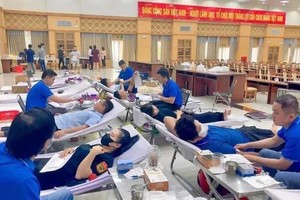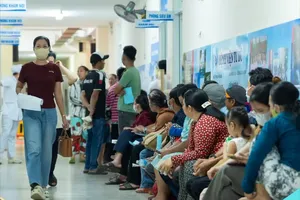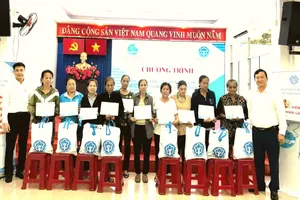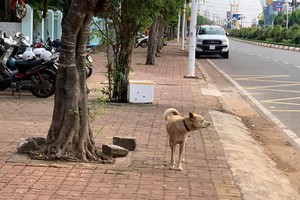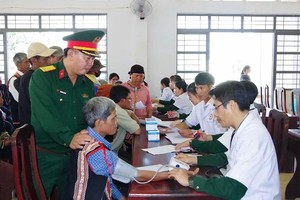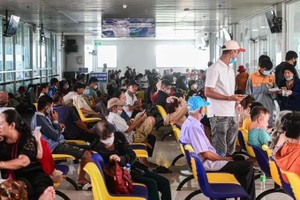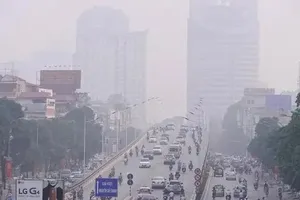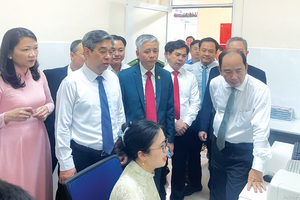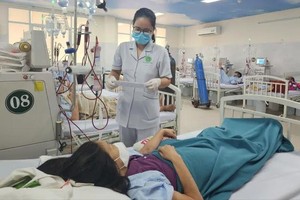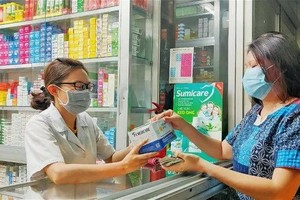A series of pivotal policy changes under the revised 2024 Health Insurance Law are set to take effect from today. These transformative policies broaden benefits and demonstrate a firm commitment to equitable healthcare and universal coverage in a practical way.
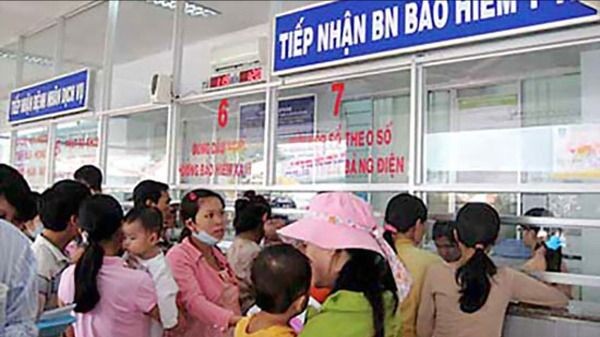
100 percent co-payment waiver after 5 consecutive years of participation
For the first time, Vietnam's Health Insurance will extend coverage to include home-based and remote medical services. This comprehensive coverage encompasses medication, necessary medical supplies, and reasonable transportation costs associated with emergency transfers or inpatient treatment. This represents a significant humanitarian advancement, particularly benefiting the elderly, individuals with chronic illnesses or disabilities, and residents in remote areas.
Any individual who has bought health insurance for five continuous years will be eligible for full coverage of all treatment costs (within their benefit package) if their annual co-payment exceeds six times the base salary of around VND14.04 million (US$535). This policy acknowledges the loyalty of long-term participants and incentivizes continuous health insurance enrollment.
No referral required for patients with serious or rare diseases
A highly impactful humanitarian update allows patients diagnosed with life-threatening or rare diseases to receive full health insurance coverage at specialized hospitals without the need for administrative referrals. This streamlines access to critical care, reduces procedural delays and wait times, ultimately improving treatment outcomes and maximizing protection for those in the most vulnerable health situations.
Administrative boundaries no longer restrict access to in-network care
Previously, individuals temporarily residing in a different province were often compelled to return to their original health insurance registration location for in-network services, leading to considerable inconvenience and expense. As of July 1, individuals who have declared temporary residence for 30 days or more can access in-network treatment locally without returning to the medical stations of their first choice. This crucial adjustment reflects the realities of labor migration, study, and work, ensuring more timely and accessible healthcare.
Stronger support for vulnerable groups
New categories of disadvantaged individuals now receive support to participate in health insurance including village health workers, part-time community officials, renowned and meritorious artists, and victims of human trafficking.
Furthermore, several groups are eligible for receiving free health insurance cards such as militia members, those aged 70–75 from near-poor households receiving survivor’s benefits, people receiving social retirement aid, and elderly persons not yet eligible for pensions. This demonstrates a clear commitment to inclusive and protective policies for at-risk populations.
Household-based health insurance participation more affordable
The health insurance payment structure for households has been made significantly more flexible and affordable. The second household member pays 70 percent of the standard fee, the third 60 percent, the fourth 50 percent, and any further members only 40 percent. This tiered approach substantially reduces the financial burden, particularly for families with many members in rural areas.
Simplified procedures with automated data connection
With proper residency declaration and a citizen ID card, individuals can now quickly verify their residence, receive an electronic health insurance card, and reduce the waiting period for benefits to just 30 days. This marks a significant stride in administrative reform and efficiency.
According to the Ho Chi Minh City Department of Health, the revised health insurance system effective from July 1 brings major improvements in scope, target population, benefits, and support mechanisms.
New services like home care, treatment for serious illnesses at specialized hospitals without referral, and reduced family premiums highlight health insurance’s dual role as both a financial tool and a sustainable welfare shield supporting public health.
However, implementation brings challenges. Vietnam's IT systems must be comprehensively upgraded to ensure safe and accurate population data sharing, digital identification, and electronic payments.
Moreover, grassroots health facilities need enhanced professional capacity and additional staff to meet expected demand increases, especially as geographic limitations are removed—an entirely new aspect of this policy.
Finally, public communication must be expanded, accessible, and clear to avoid misinformation or unclaimed benefits. Effective rollout will depend heavily on these key elements.
